12 Travel Mistakes Americans Make in Europe Without Knowing
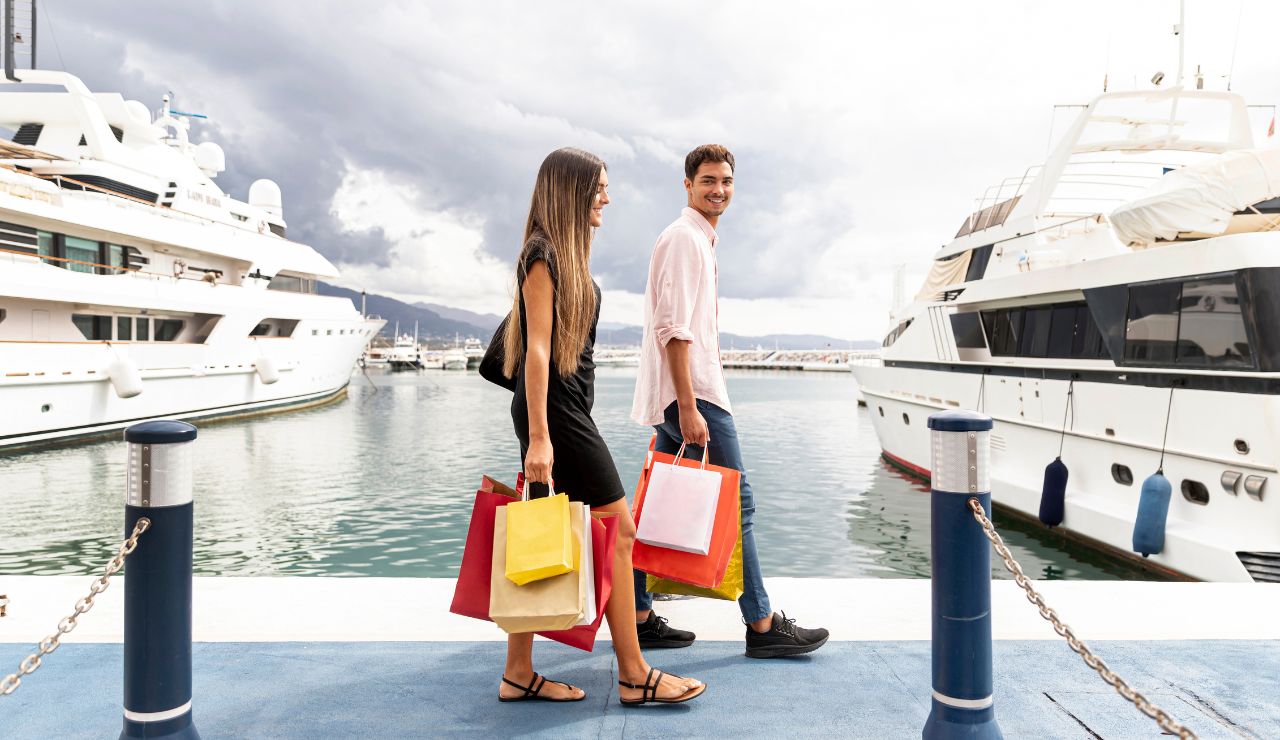
Europe enchants with its centuries-old architecture, cozy cafés, scenic train rides, and cultural depth—but many American travelers arrive with assumptions that don’t quite fit. While most missteps are innocent, they can lead to awkward moments or missed experiences. From dining habits to transportation choices, being aware of subtle cultural differences can make your trip smoother, more respectful, and far more memorable. Here’s what to look out for before your next European adventure.
Talking Loudly in Public

Many Americans unknowingly raise their voices in cafes, trains, or restaurants. In much of Europe—especially in countries like France, Germany, and the Netherlands—public conversations tend to be quieter and more private. Speaking loudly can draw unwanted attention and is often viewed as disruptive or inconsiderate. While excitement during travel is natural, toning down your volume helps you blend in and shows respect for local norms of personal space and calm.
Assuming Everyone Speaks English

While English is widely spoken in many parts of Europe, especially in urban centers and tourist hotspots, it’s a mistake to assume every local is fluent or obligated to communicate in it. In smaller towns or rural areas, you may find people who speak little to no English. Learning a few basic phrases in the local language—like “hello,” “thank you,” or “excuse me”—goes a long way and is often met with appreciation, even if your pronunciation isn’t perfect.
Tipping Too Much—or Too Little

Tipping customs vary across Europe, and American travelers often over-tip by default. In countries like Italy or Spain, service charges are often already included, and a small coin tip (5–10%) is sufficient. In Nordic countries, tipping is less common altogether. Research the local norms before dining out. Over-tipping can feel awkward to locals, and under-tipping in places where it’s expected can come off as rude—so finding the balance is key.
Expecting Air Conditioning Everywhere

Unlike the U.S., where A/C is a standard in homes, hotels, and restaurants, many European buildings—especially older ones—don’t have air conditioning, or use it sparingly. Travelers from the U.S. may find hotel rooms warmer than expected during summer. Booking accommodations that mention “climate control” or “A/C” specifically helps avoid discomfort. It’s also worth packing light, breathable clothing if traveling during peak heat months.
Misjudging Distances and Travel Time

Americans often assume they can “see all of Europe” in one two-week trip. While travel between countries is relatively easy in Europe, distances and cultural depth still require time to appreciate. Trying to cram in six countries in 10 days usually leads to burnout. It’s better to explore fewer places deeply than rush through many. Understanding that travel, even by train or budget airline, still takes planning and rest time is important.
Ignoring Local Dress Codes

Wearing athletic wear, flip-flops, or overly casual clothing is fine in the U.S., but in many European countries, locals tend to dress more smartly—especially in cities like Paris, Milan, or Vienna. This isn’t about dressing up, but about blending in and being respectful. In religious sites, like cathedrals or mosques, modest dress is expected. Packing versatile, tidy outfits that allow you to feel comfortable while respecting local customs is a smart move.
Misunderstanding Dining Etiquette
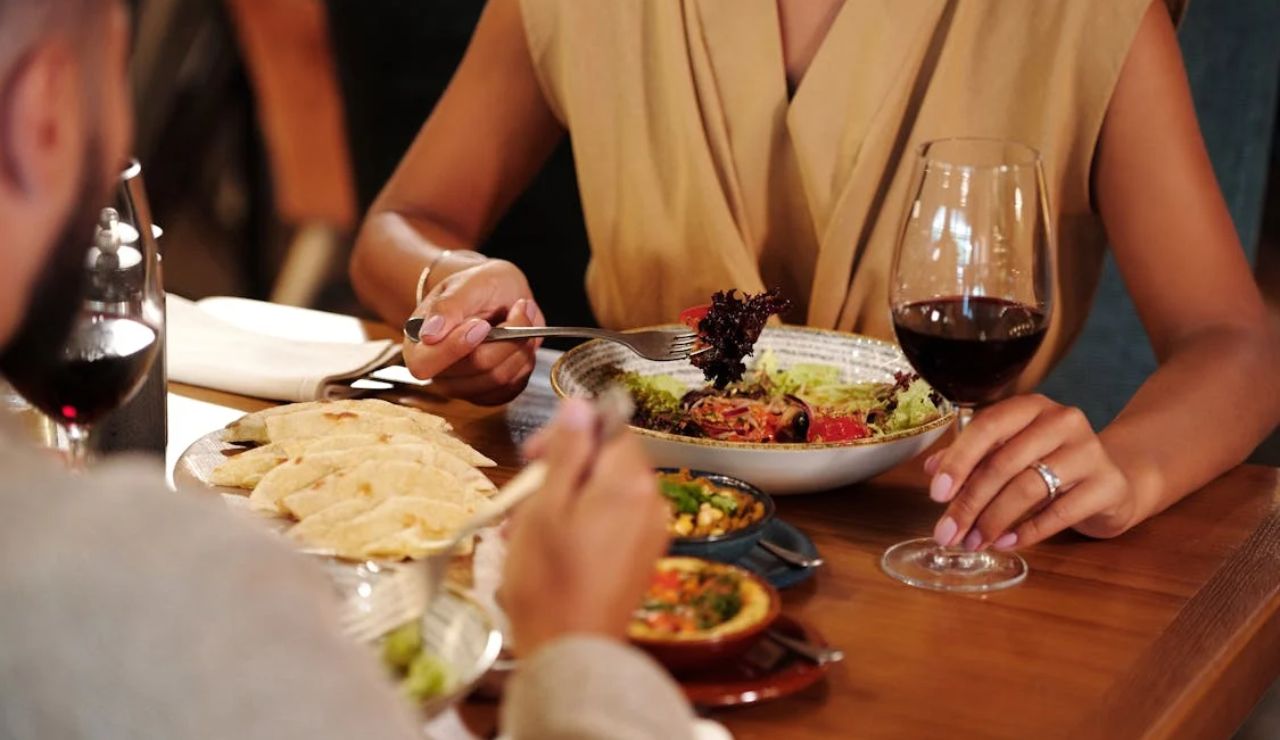
In Europe, dining is a slower, more social affair. Servers won’t rush to bring your check—you usually have to ask for it. Splitting bills may not be common practice, and meals can last for hours, especially in Southern Europe. Americans used to quick service and fast dining might find this frustrating, but embracing the pace can enhance your experience. Meals are moments to pause, talk, and enjoy—rushing through them may come across as rude.
Relying Too Much on Credit Cards
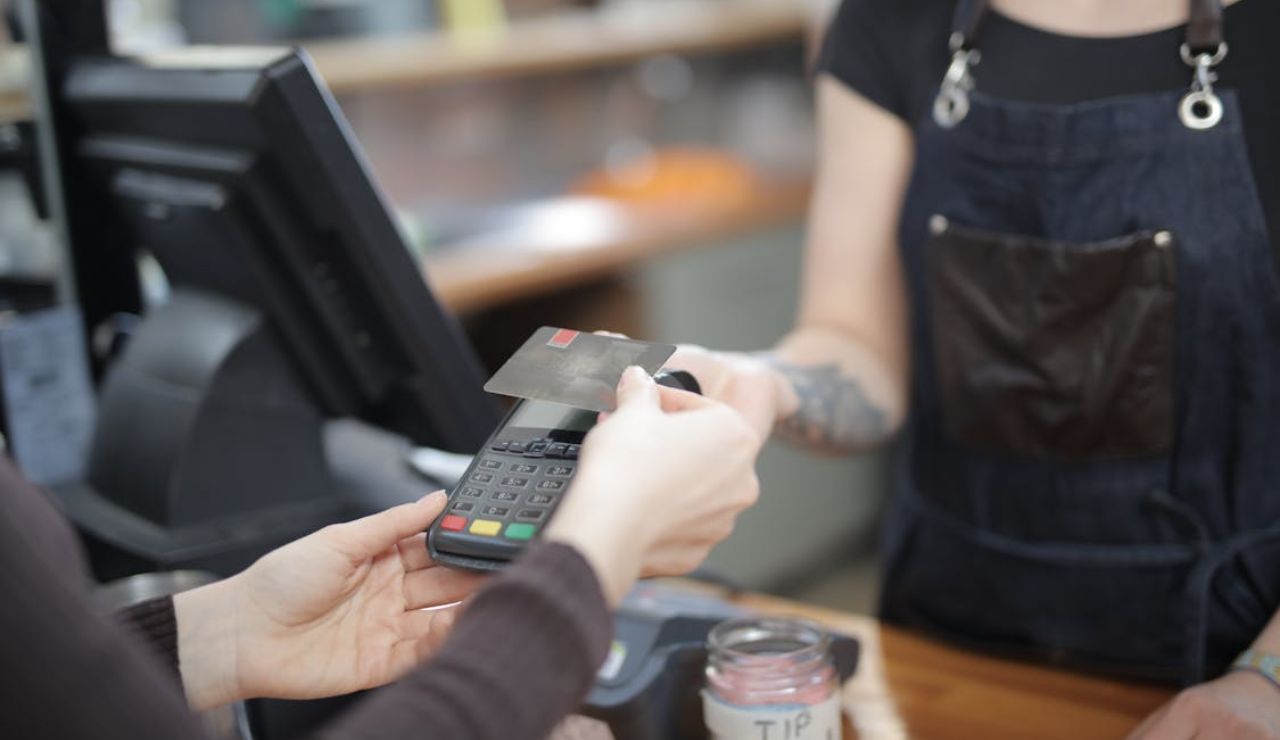
While credit cards are accepted in many places, there are still spots—especially in smaller towns or at local markets—where cash is king. Americans accustomed to using cards for everything may be surprised when they encounter “cash only” signs or when certain cards (like AmEx) aren’t accepted. Carrying a small amount of local currency and using contactless payment apps when available can save you some awkward moments at counters or kiosks.
Skipping Local Public Transport
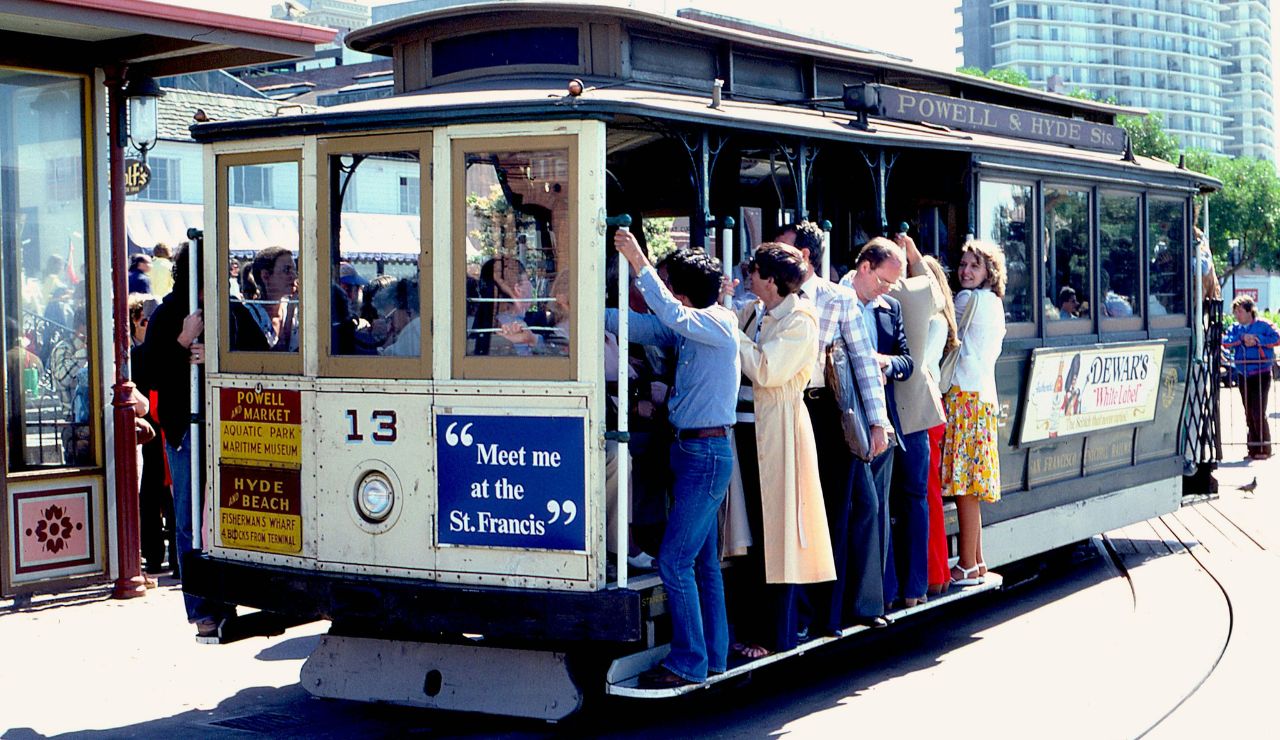
Some American travelers stick to Ubers, taxis, or even rental cars, missing out on efficient and affordable public transportation. In Europe, metros, trams, and trains are clean, reliable, and often faster than navigating unfamiliar streets by car. Learning to read local transport maps and buying day passes can make travel smoother. Plus, it immerses you in the daily rhythm of a place and gives a better sense of local life.
Booking Only Chain Hotels
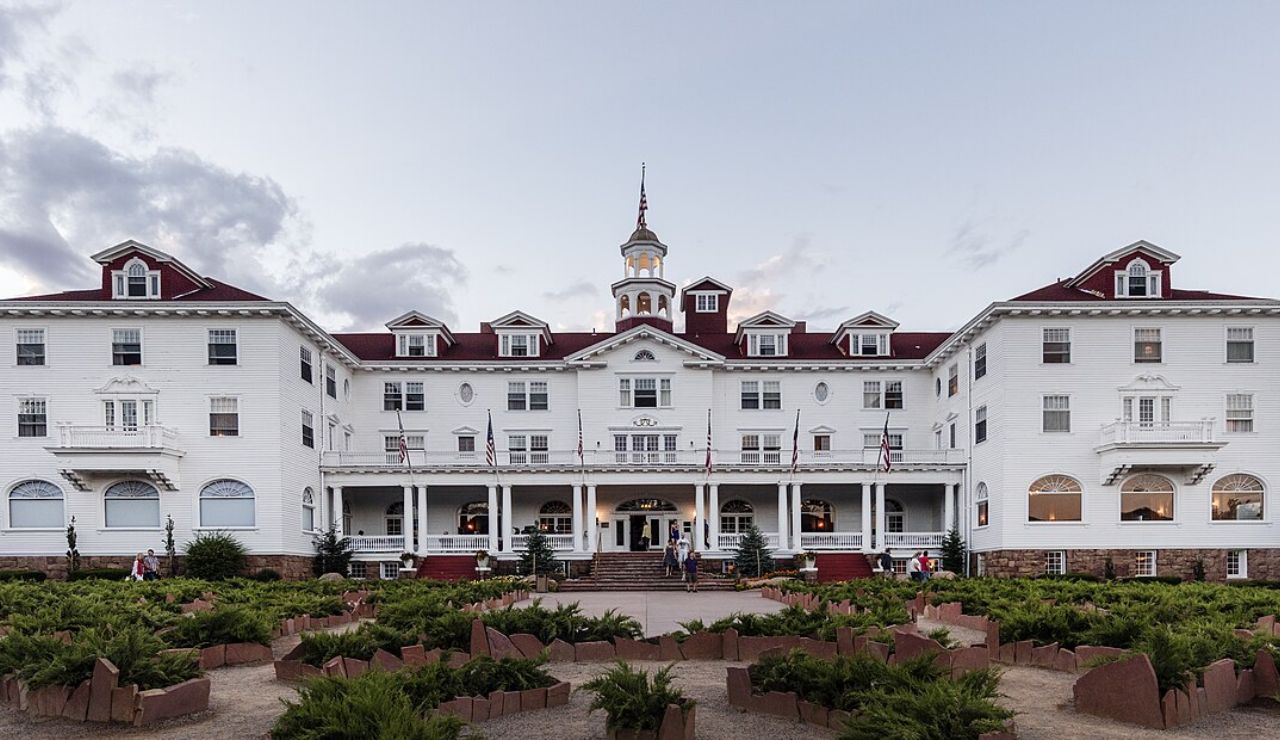
While recognizable hotel chains offer comfort, they often lack the charm and character of Europe’s locally owned inns, boutique stays, or family-run B&Bs. By choosing only what feels familiar, travelers miss out on memorable stays in old villas, vineyard cottages, or stylish apartments. Sites like Airbnb or Booking.com offer a wide range of locally flavored accommodations that can turn an ordinary night into a highlight of your trip.
Not Knowing Key Holidays or Strikes
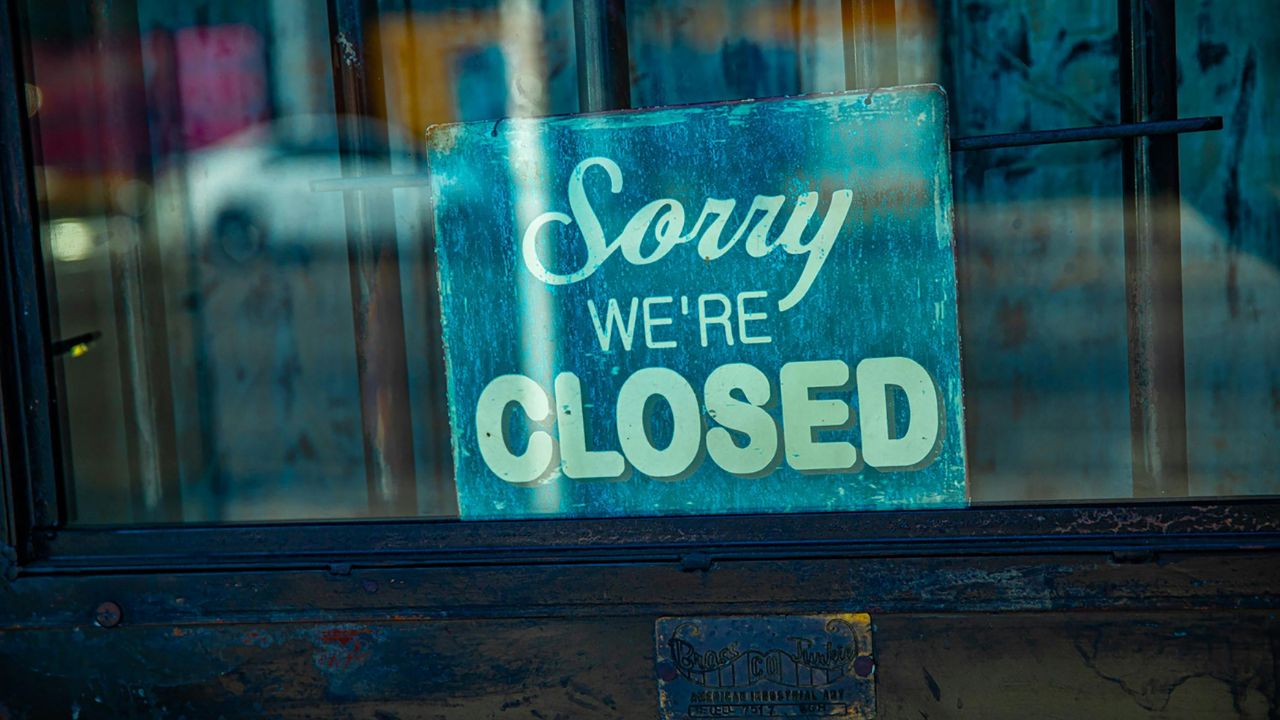
Europe runs on a different calendar of public holidays and work customs. Travelers may arrive to find shops, museums, or even transit systems closed on national holidays or Sundays—something less common in the U.S. Strikes, especially in France or Italy, can affect transport plans without much warning. Checking local calendars or signing up for regional travel alerts can help you adjust your itinerary and avoid frustrating surprises.
Expecting Free Refills and Ice
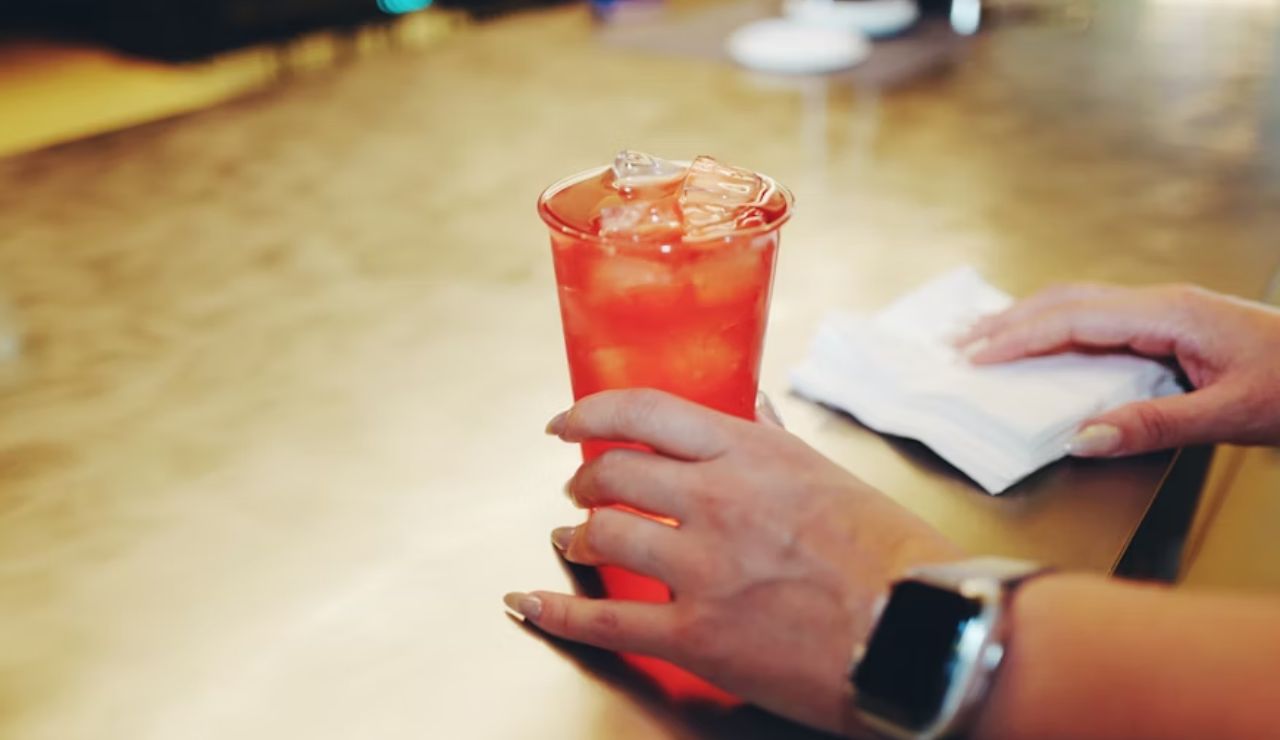
In many European cafes and restaurants, soft drinks come in smaller bottles or glasses, and free refills are uncommon. Asking for a cup full of ice may earn confused looks—water is often served room temperature unless specified. Being prepared for these small cultural differences helps manage expectations. They’re not flaws in service; they’re simply different approaches rooted in cultural habits and environmental awareness.